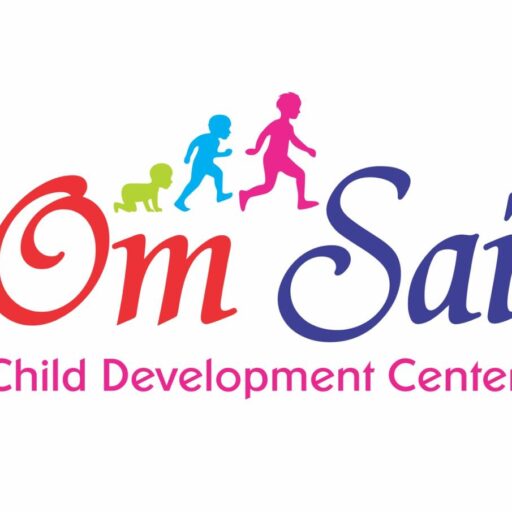Definition:
Speech and language disorders refer to difficulties with verbal and nonverbal communication, affecting an individual’s ability to understand, speak, read, write, and comprehend language.
Types:
1. Articulation Disorders (e.g., lisping, stuttering)
2. Fluency Disorders (e.g., stuttering)
3. Voice Disorders (e.g., vocal cord dysfunction)
4. Language Disorders (e.g., aphasia, language impairment)
5. Swallowing Disorders (e.g., dysphagia)
Symptoms:
1. Difficulty articulating sounds or words
2. Struggling to understand spoken language
3. Trouble with word retrieval or vocabulary
4. Stuttering or stammering
5. Voice quality issues (pitch, volume, tone)
Causes/Risk Factors:
1. Genetics
2. Brain injury or stroke
3. Developmental delays
4. Hearing loss or ear infections
5. Neurological conditions (e.g., Parkinson’s, cerebral palsy)
Diagnosis:
1. Comprehensive speech and language evaluation
2. Assessment tools (e.g., CELF, TACL)
3. Medical evaluation (hearing, neurological)
Treatment/Interventions:
1. Speech Therapy (individual or group)
2. Language Therapy (individual or group)
3. Articulation Therapy
4. Fluency Therapy (stuttering)
5. Alternative Communication Methods (e.g., AAC)
Speech Therapy Techniques:
1. Phonological Awareness
2. Articulation Therapy
3. Language Expansion
4. Conversational Therapy
5. Parent-Child Interaction Therapy
Om Sai Child Development Center’s Approach:
1. Multidisciplinary team (SLP, OT, PT, Psychology)
2. Comprehensive assessment and diagnosis
3. Individualized treatment plans
4. Family-centered care and education
5. Ongoing monitoring and adjustments
Strategies for Parents/Caregivers:
1. Encourage communication attempts
2. Use visual aids and gestures
3. Model correct articulation
4. Read together daily
5. Engage in conversations
By addressing speech and language disorders, Om Sai Child Development Center helps individuals develop effective communication skills, enhancing their social, emotional, and academic well-being .
